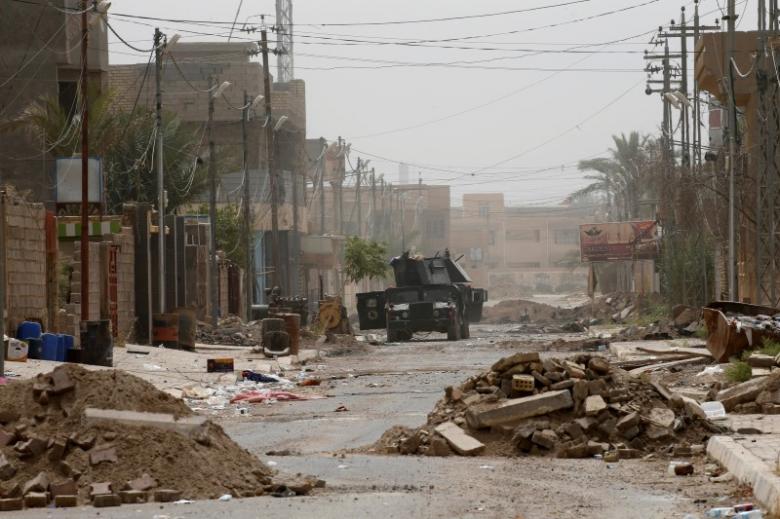Baghdad- A report released by Iraq’s ministry of planning revealed the disastrous damage done by the gruesome acts of violence and aggression throughout 2004-2016 of fighting terror group ISIS.
Overall infrastructure damage, save for that inflicted on the Iraqi Kurdistan region, has been accounted for by the report. Losses suffered by civilians and their assets, and those registered through local corruption and embezzlement were excluded from the report.
Destruction cited by the report amounted to $36 billion.
All the more, Iraq’s culture ministry said that it was unable to estimate the value of stolen effects belonging to the national body responsible for antiquities and heritage.
Historical artifacts, particularly in the province of Nineveh, are considered priceless national treasures.
Some ministries noted that a number of local authorities, not affiliated to the national ministry of justice, has failed to provide necessary statistics reflecting the damage done to its institutions.
Examining areas under ISIS control is challenging to local and provincial authorities, which is part why the damage in those areas remains unscaled.
The report revealed that the ministry of defense suffered the most damage, accounting for a whopping 43.80 percent of the total destruction inflicted on a ministerial level.
It is worth mentioning that the damage dates back to early 2004 and extends till 2014, encompassing ministerial losses registered even before the war against ISIS reached its climax during 2015-2016.
Iraq’s central bank (CBI) ranked second accounting for 42.34 percent of the damage done to non-ministerial departments.
Al-Anbar province–nestled some one hundred kilometers west of Baghdad– al-Qaeda’s former bastion, overrun by ISIS mid-2015, ranked first in terms of infrastructure damage done to provincial areas, recording a stomping 68.99.
